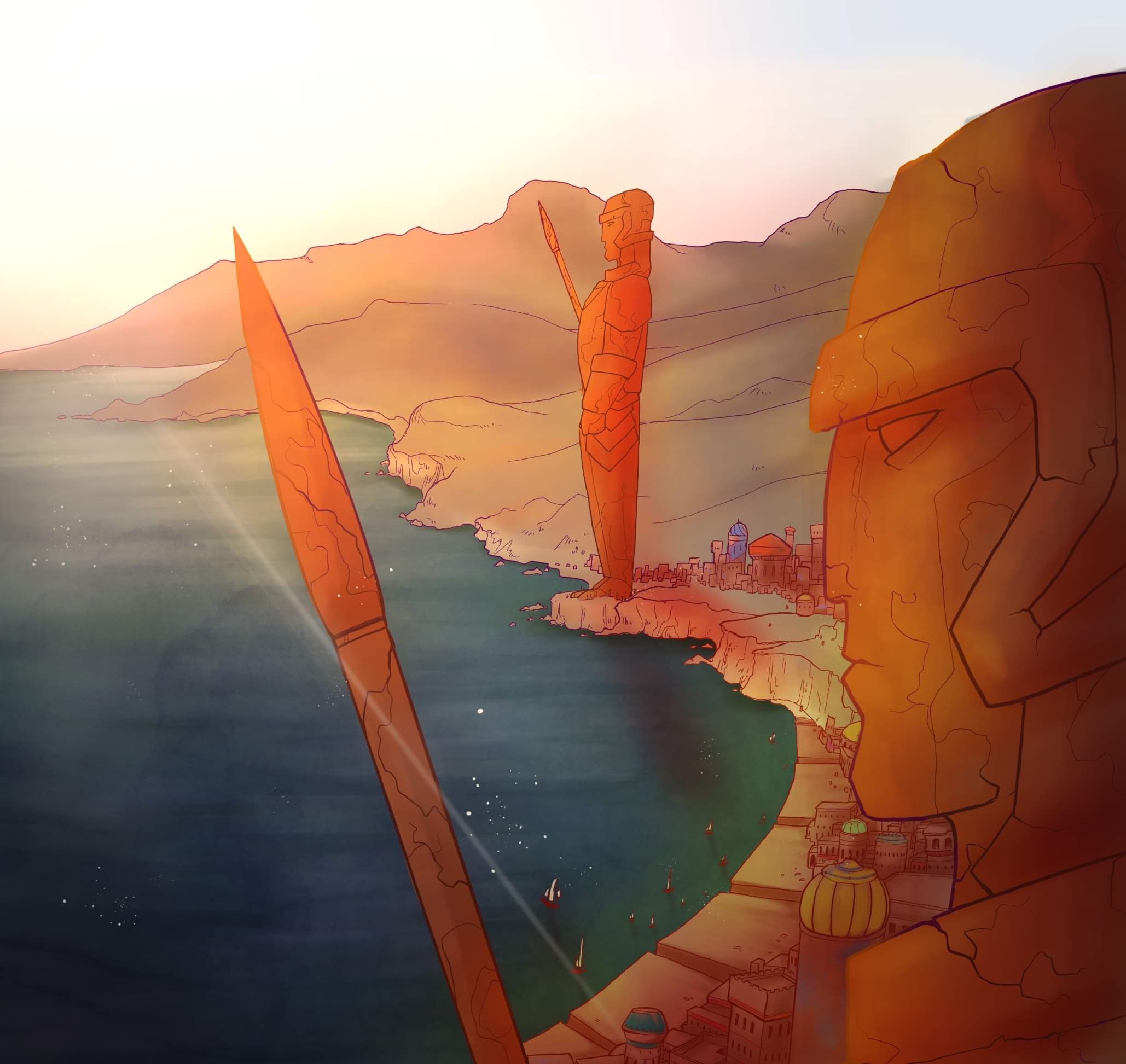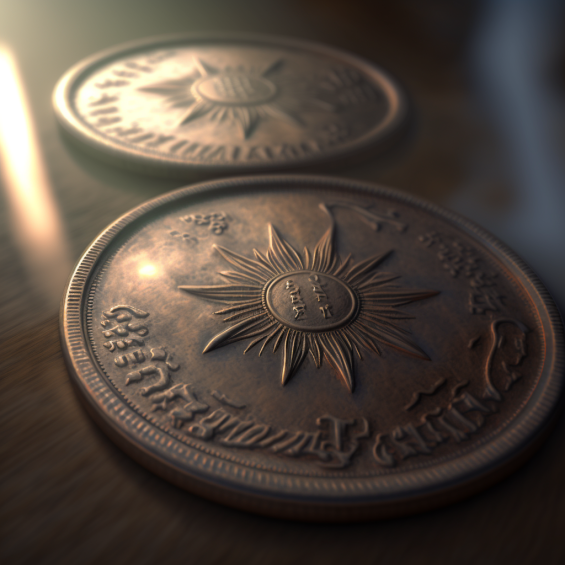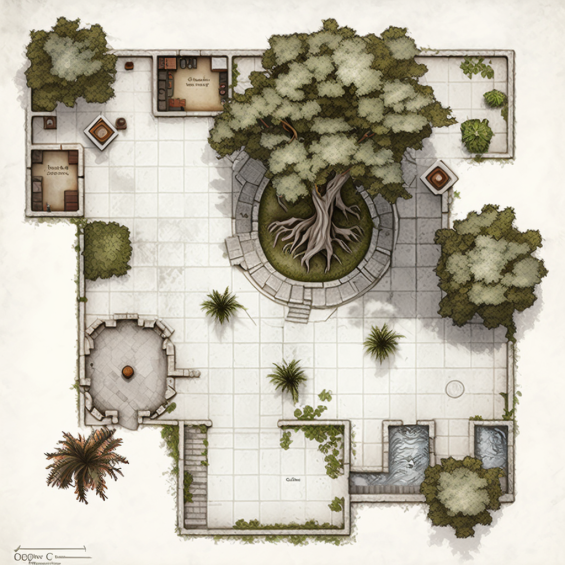Del'Marah's Currency System
Introduction
In the period -850 to -820KB, Del'Marah fought three simultaneous long wars against the Vire, in the conquest of Del’Vettor and against Arc . The latter conflict was known as the Debtors War, and was contrived by Arcish merchants who believed that following the disintegration of the Arc Empire and Del’Marah’s breakaway from it that the new southern empire had debts unpaid. A series of meetings between the envoys of the Protector of Arc and the Del’Marahis took place in Harenis to resolve the dispute peacefully, but the end result was the mobilisation of the Army of the Southern Banner to invade and occupy northern Del’Marah. As a result of these multiple overlapping conflicts, the imperial court and the Judges at Phef became increasingly concerned about Del’Marah’s ability to produce enough battlefield trained soldiers and attract sufficient numbers of mercenaries to replace the fallen. Metal for coinage was not in short supply and some of the emperor’s most loyal satraps suggested minting vast quantities of new currency in order to buy soldiers from the Molvar, Oloris or Dran . In -836 the new Del’Marahi, Nusares, rejected this idea, fearing that it would cause the collapse of the Del’Marahan economy and that this, in turn, would give the empire little choice than to become a de facto hub of Arc’s unofficial empire of trade and debt. Instead, all coins and promissory notes were withdrawn and a new coinage system was minted, the M’rate and the M’rouk. M’rate were coins for the common folk that could be traded in the market places, towns and villages of the empire. A M’rate was a small bronze coin that could be used to buy food, clothing, fuel, livestock, drink, entertainment and parchment. It could be used rent land and accommodation, transportation and could be lent by Tacarimen, the money lenders and market place bankers that made the Del’Marahan economy tick.The M'Rouk
The M’rouk was quite different. It was an elite silver coin and there were strict rules about who could possess it. It was available only to those who had fought as a cavalry soldier or a sailor in the Del’Marahi’s navy. It was not available to common footsoldiers in the army and certainly not to civilian commoners. The satraps that controlled swathes of Del’Marah in the emperor’s name of course had access to the M’rouk, and there were punitive laws preventing them from rewarding anyone but the highest tier of their inner circles with M’rouks. The limited availability of the coin enhanced its attractiveness to mercenaries, who became de facto subjects of the Del’Marahi if they came to own such a coin. The coins could only be spent in the Abrazahs, exquisite, palatial fortress cities across the empire that were lightly populated with servants whose duty it was to serve the emperor by pleasing those that had been rewarded with the M’rouk. At the Abrazahs, every pleasure conceivable was available to those who held the coin, and the finest incense, tobacco, silk, wine and other luxuries were available there. The separate system of currency, for a while, created an elite standard of living for those loyal to the Del’Marahi and for those willing to fight for him without destabilising the entire economy.- A dungeon map of an Abrazah's courtyard
The Nashadi - The Currency Laws
Nusares and Anicures both understood the dire threat that debasement or interference in the M'Rouk presented to Del'Marah. Without faith in the value of the currency, there was no guarantee that mercenaries would fight for Del'Marah and bulk out its armies. Without this, Del'Marah's outsized military presence would be rapidly reduced, leaving the empire vulnerable. This meant that the Nashadi, the selection of laws protecting the currency, threatened draconian punishments. In the eyes of the Del'Marahis, debasement of coin was as serious a crime as treason or insurrection. Even so, several of the current emperor Muzz's Satraps have stockpiled M'rouks in order to build their own private militias, each with an eye on the throne. Muzz is aware of this disloyalty and as yet lacks the political and military strength to act against itFor more 5th Edition D&D items, ideas, magic and monsters visit Enter The Arcverse





Comments